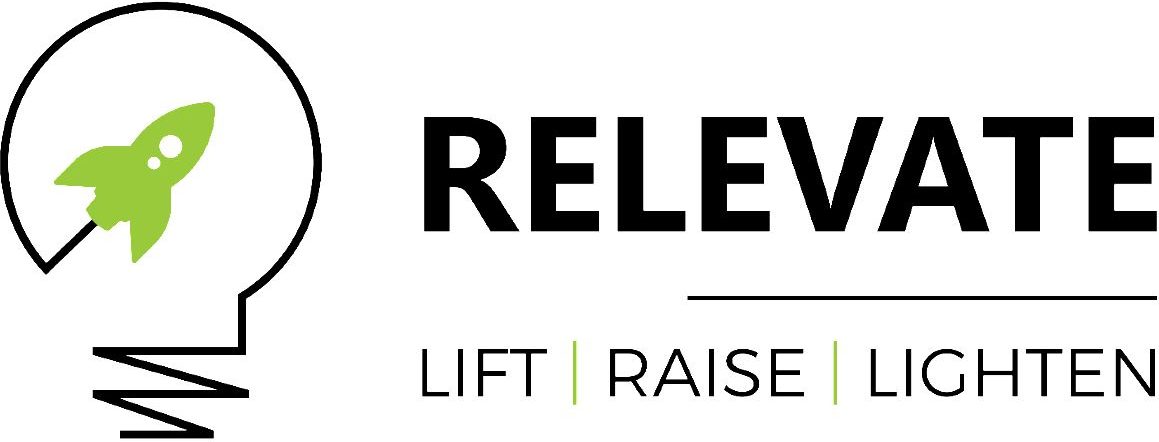According to a Stanford University longitudinal research, more than 70% of partnerships dissolve within the first year. Anyone who has spent a significant amount of time on the dating scene is certainly not shocked by this number, but what really strikes out from the research is how fast those breakup rates fall with time.
After five years in a partnership, the yearly probability of a breakup declines to roughly 20% for unmarried couples. The rate for married couples is a meagre 3%.
According to the study’s chief sociologist, “the longer a couple stays together… the more time and effort they have collectively put in the relationship, and the more linked together they are.”
These ties are mirrored in the corporate world in a variety of ways.
Now Available: [Free Tool] Customer Support Strategy Template
Getting new customers for your company is one thing. However, keeping them might be just as difficult. If you’re not cautious, all of the money and work you put into obtaining that amazing customer might be for nothing if you don’t understand how to handle your new relationship effectively.
Forging strong business connections requires solid procedures, careful investments, and smart tools to keep track of everything – particularly for agencies that must accomplish this with several clients at the same time. With good relationship management, you can build long-term connections that benefit everyone.
These commercial collaborations, like a successful love relationship, need real effort from both you and your customer. With that in mind, here are a few unconventional approaches to better managing customer relationships.
7 Client Relationship Management Tips
1. Make your customer a part of the goal-setting process
During the goal-setting process, you should demonstrate your dedication to the client connection straight immediately. Just because a customer comes to you for help doesn’t imply they want to give up control over establishing objectives and making strategies to improve their company.
In the sphere of medicine, the significance of joint goal-setting is well illustrated. This procedure has “has been frequently linked to better outcomes… as a component of high-quality treatment.”
Following that, medical focus groups characterized these effective partnerships as “a caring relationship in which patients and health care professionals (1) listen to and learn from one another; (2) exchange ideas; (3) agree on a measurable goal; and (4) support goal attainment.”
“Isn’t that the way you and your customers should create objectives together? When both parties participate actively in the goal-setting process, you’ll get far better results that are truly tailored to their needs.
2. Do not let the customer approach you with queries
So, this does not imply that you should stop customers from asking you questions. That’s a certain prescription for tragedy. What this truly implies is that client relationships are all about proactive communication – and in a business relationship, you have to take the initiative.
Clients should not have to send an email and then wait several days for a response. When there is a breakdown in communication, it is simple for customers to believe you are unconcerned about their requirements. It may also lead to misunderstandings and, in some cases, hostility.
Sounds like a poor dating situation.
Instead, be proactive by communicating with your customers and keeping them up to speed on your progress. Essentially, you become so adept at keeping your consumers “”in the loop”” that they no longer need to enquire about updates or information since you’ve already delivered it.
So, how can you make yourself more accessible to your clients?
Communication tools like Slack and Trello are excellent for staying in contact and managing projects collaboratively. Better better, they allow you to contact out and answer possible problems or queries before the customer does.
3. When necessary, put the onus back on your customer
Whether you’re developing a marketing campaign or assisting a client with their shipping and inventory requirements, you’re unlikely to be effective if the customer is entirely disconnected from your procedures. In reality, in order to succeed, the customer will most likely need to undertake some work themselves, particularly because there are likely to be some goods and information that you will not be able to access without their assistance.
Too frequently, agency initiatives are stymied by the need to wait for clients to supply assets. Worse, repeatedly hounding customers for these assets might sour the relationship, causing further issues down the road.
As a result, when you ask your customer a question, you should be courteous and attempt to make things as simple as possible. Duda, a website builder that enables agencies to quickly collect content from their clients by auto-importing assets from existing URLs and providing easy-to-use forms for uploading original files, is a great example of a tool that does this well.
This configuration greatly simplifies what the client must do, increasing the likelihood that they will respond positively and quickly when a request from their agency arrives.
You can’t go wrong with Google Drive or Dropbox for document collaboration or basic data sharing. These simple, easy-to-use methods make it simple to exchange papers with your customer.
4. Address a client’s wants before they are even aware they exist
Whatever role you play in the client’s relationship, it is ultimately your responsibility to address their pain points and find ways to help them achieve their goals.
The issue is that customers do not always know what they need. They may recognize that they are having difficulties, but they may not have recognized the root cause of their company’s failure to meet its objectives.
You can build trust and deliver better results by putting yourself in your client’s shoes and addressing problems before they arise. If you truly want to make a positive impression on your clients, you should not simply wait for them to come to you with their problems.
You must be proactive once again.
Take the initiative and present a solution to the client when you identify a way they could be doing better. Even better, you might anticipate what your customers will want in the future, showcasing your expertise and attention.
5. Pick up the phone and make a real call
At first glance, email appears to be the most convenient way to communicate with clients. After all, being able to write out a message and then check it before pushing “”send”” might help you prevent errors and save time.
Clients, on the other hand, like the more personal touch of a phone call – and, to be honest, there are many occasions when a phone conversation is more beneficial than a protracted email thread in the first place.
Even while we may believe that no one talks by phone anymore, research reveals that this is not the case, particularly when making a critical choice.
According to a Google survey of its click-to-call services, 61 percent of consumers want to be able to phone the company when they are ready to make a purchase, with the majority citing the desire for a rapid response or to speak with a real person as their top motivators. A phone call may frequently help you solve difficulties faster and offer a more human touch to your customers.
6. Pettiness has no place here, therefore don’t let it
Pettiness is never a smart policy, whether in dating or in work.
A customer may not be the sort of person you want to spend your weekends with, but that doesn’t mean you should ignore their calls or speak down to them. These actions will only harm you in the long term, making it more difficult to obtain new customers.
According to TIME Magazine, “”being purposefully attentive to small things influences relationships and the way people see one another… Researchers discovered that petty activities made persons seem less liked, even when the acts helped others objectively.” “It makes no difference whether you get excellent outcomes. If you don’t treat your customers with respect and don’t get caught up on little matters, they may not remain around for the long haul.
Be open and honest, even if it’s unpopular
Everyone makes errors.
Despite your best efforts, you may fall short of assisting your customer in meeting the shared objectives you set. It might be easy to brush over these flaws out of fear of losing a customer. However, if you choose to be dishonest, the consequences might be significantly worse.
Nobody wants to cooperate with someone who conceals the facts in order to preserve their reputation or increase sales. Because of the infamous Equifax data breach, the company’s shares and confidence have plummeted as a result of the company’s extended delay in disclosing the information.
By failing to disclose facts sooner, the corporation exposed itself to litigation, legal investigations, and the loss of significant contracts. Though early disclosure may not have prevented all of these repercussions, a more forthright approach might have mitigated the harm.
The majority of the time, if you offer them the true scenario and are honest with them, they’ll be able to realize you have their best interests at heart and will be on board,” said one pest control service provider.
An durable connection requires much time and effort, both for people seeking romance and for companies wanting great clientele.
Though the aforementioned suggestions may not be the first that spring to mind when it comes to managing client interactions, they might make all the difference in developing a “”marriage”” that lasts.
To understand more, continue reading about ways to avoid buyer’s regret.








